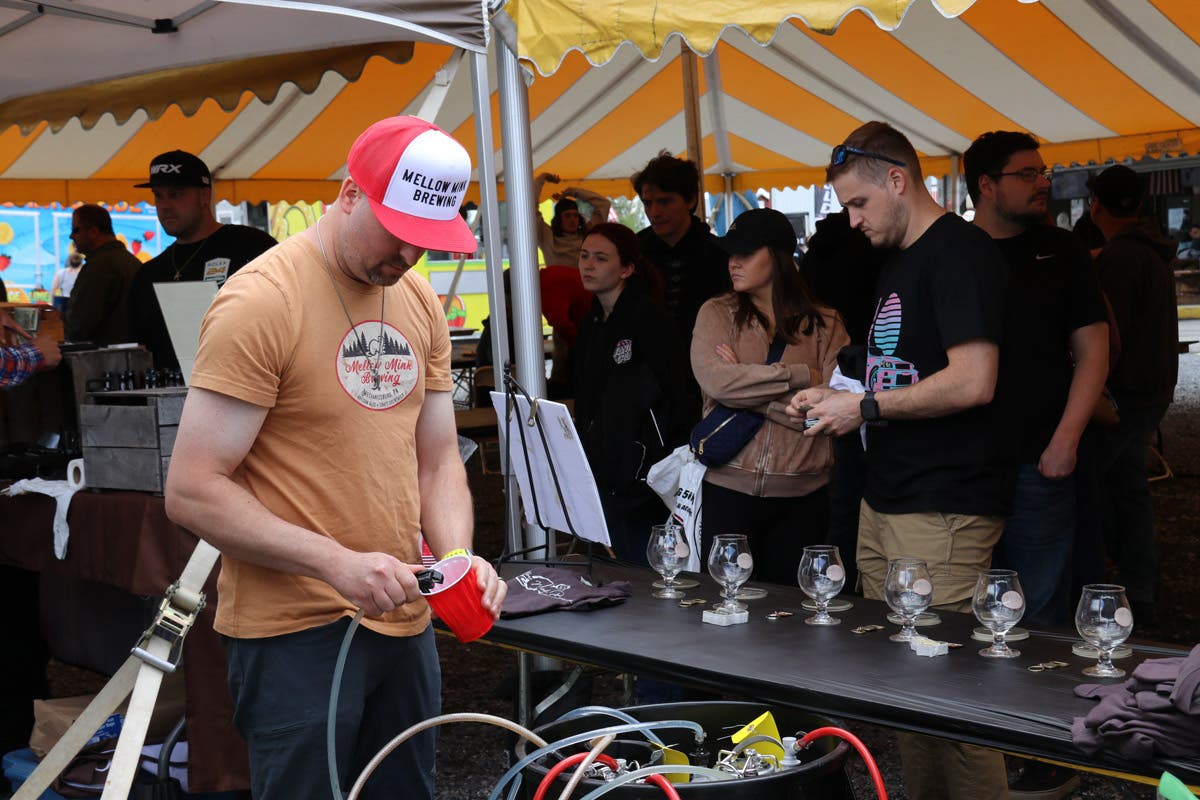Beverly Rae Kimes, First Lady of Automotive History, Dies
Distinguished automotive historian and author Beverly Rae Kimes died May 12, 2008, after a lingering illness. Unquestionably the “First Lady of Automotive History,” Beverly was the author of 15 books and hundreds of articles on motoring topics, and the recipient of countless awards and honors.
MONTVALE, N.J. — Distinguished automotive historian and author Beverly Rae Kimes died May 12, 2008, after a lingering illness. Unquestionably the “First Lady of Automotive History,” Beverly was the author of 15 books and hundreds of articles on motoring topics, and the recipient of countless awards and honors.
Having grown up in Wheaton, Ill., she majored in journalism and history at the University of Illinois. In 1963, with a fresh Masters in journalism from Pennsylvania State University, she joined Scott Bailey’s new magazine, Automobile Quarterly. Hired as an editorial assistant, she was soon assistant editor and within two years, had been named associate editor. After serving as managing editor, she was promoted to editor in 1975, a post she held until leaving to free lance write in 1981. At that time, she became executive editor at the Classic Car Club of America, producing its magazine The Classic Car and newsletter Classic Car Bulletin until her final illness. The Classic Car received the Richard and Grace Brigham Award for the best treatment of automotive history, from the Society of Automotive Historians in 1995.
While fastidious about accuracy of cars and their characteristics, it was the places and people that interested her most and which led to some of her best work. Her articles on Ken Purdy, Henry Austin Clark, Jr., and Walter Dorwin Teague, Jr.’s design of the Marmon HCM V-12, all earned her Carl Benz Awards from SAH.
In a like manner, “My Two Lives,” a jointly written autobiography of race driver and restaurateur René Dreyfus; “Pioneers Engineers and Scoundrels,” about the people who built the American auto industry; and “The Classic Era,” placing Full Classic cars in their correct and contemporaneous context, received the Nicholas-Joseph Cugnot Award from SAH for the best book of the year. Other Cugnot-winning works were “Packard: A History of the Motor Car and the Company,” an anthology of Packard history published by Automobile Quarterly Books, “The Star and the Laurel,” a centennial history of Mercedes-Benz and her magnum opus, the “Standard Catalog of American Cars 1805-1942,” published by Krause Publications in four editions from 1985 to 1996. While recognized as the standard reference for prewar cars built in the United States, the “Standard Catalog” is much more, including narrative entries for all marques, no matter how obscure, even those ventures that never produced a car. If anyone thought about building an automobile, Beverly described it in the catalog.
Her work also earned several Moto Awards from the International Automotive Media Awards and the Thomas McKean Memorial Cup from the Antique Automobile Club of America. Her last book, “Walter L. Marr, Buick’s Amazing Engineer,” jointly written with her husband James Cox, was published this spring by Racemaker Press.
In 1986, she was honored by the SAH as a Friend of Automotive History, the organization’s highest honor, reserved for those who have made a lifetime contribution to the history of motor vehicles. She also served as a Director of SAH, headed its publications committee for many years, and served as president from 1987 to 1989.
Beverly received a Distinguished Service Citation from the Automotive Hall of Fame in 1993, and was recognized with a Lifetime Achievement Award by the IAMA in 2005.
In addition to SAH and CCCA, Beverly was a member of AACA and the Auburn Cord Duesenberg Club. She and Jim owned a 1930 Auburn Sport Sedan named “Ralph,” in which they did upwards of 50,000 miles of touring. Ralph was recently donated to the ACD Museum in Auburn, Ind.
Mentor to many and an inspiration to all, she somewhat reluctantly embraced technology. When her Luddite male colleagues boasted of their prowess with the manual typewriter, Beverly countered that she was enamored of the quill pen. When characterized as a “prewar historian,” inclined to ignore the automobile after 1942, she agreed, but impishly admonished “wrong war!” as her favorite period covered the dawn of the industry. When expediency forced her to computers and e-mail, she adapted, while losing none of her aplomb. Her e-mails continued to be as chatty as her letters, just delivered more speedily, usually closing with “Heigh Ho.” As advancing illness tempered her boundless energy, she continued to work at a feverish pace and never missed a deadline, as Jim took up duties as archivist, research assistant and co-author. The First Lady of Automotive History will be fondly remembered and universally missed.
Funeral arrangements are at the convenience of the family. Memorial contributions may be made to the National Kidney Foundation, 30 East 33rd Street New York, NY 10016, or at www.kidney.org.








